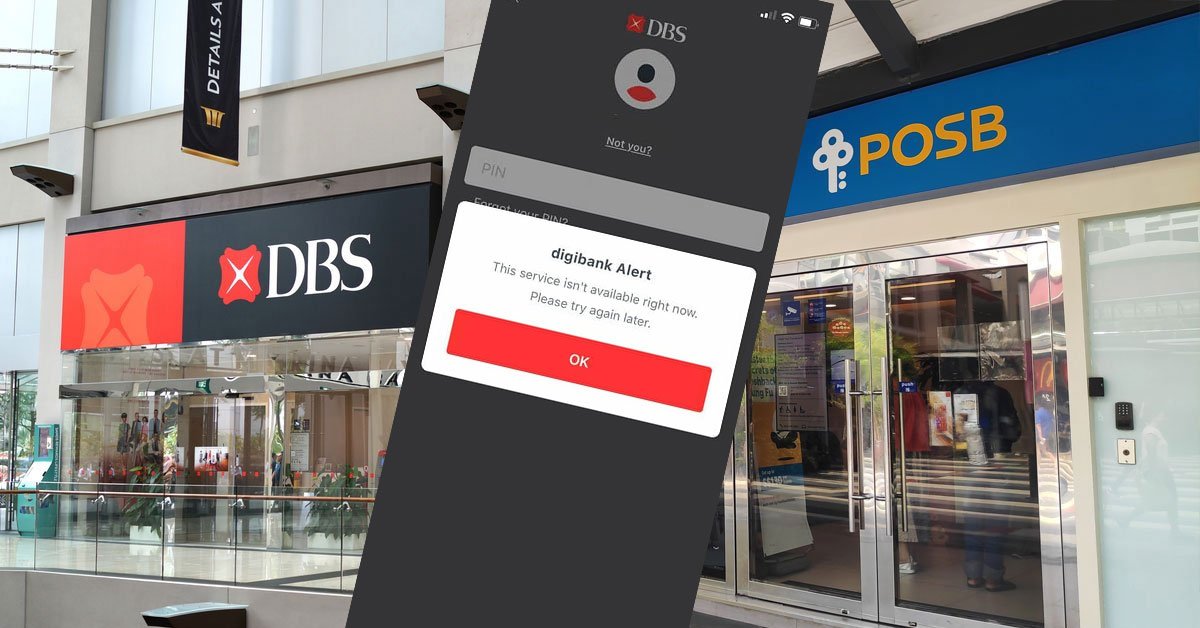Previously, if you want to make a GIRO arrangement with an organisation, you’d have to fill in paper forms and mail them to the respective billing organisation.
These organisations then send the forms to the bank, which will take a few days to process before sending them back to the organisations.
That used to take three to four weeks to set up.
Well, you can now rejoice because what was once a weeks-long endeavour has been simplified into a process that takes only a few minutes.
And surprise, surprise; it’s because of the internet.
Introducing…eGiro
On Monday morning (8 Nov 2021), Deputy Prime Minister Heng Swee Keat announced the launch of a nationwide eGiro service.
With this new service, people who want to set up Giro arrangements with their billing organisations can get it done within minutes.
And within 3 simple steps:
- Go to the billing organisation’s website or app (for example, IRAS)
- Select your bank
- Log in and choose the account which you want to pay from
And that’s it; as Uncle Leong would say, so simple!
Who Runs It?
Deloitte Consulting South-east Asia is the one to design the eGiro system, but they won’t be running it.
Instead, Banking Computer Services will be running it instead; now, if you’re curious who exactly they are, well, they’re a subsidiary of NETS.
Ohhh.
The system is built on cloud-based architecture (read: online) and can be quickly “scaled” to accommodate all the needs of both billing organisations and banking partners.
In other words…
The System Will Continue Developing
So, exactly how powerful is the newly-launched system? Well, right now, the system can pay from eight major banks:
- DBS/POSB
- OCBC
- UOB
- Bank of China
- HSBC
- Maybank
- Standard Chartered
- Industrial and Commercial Bank of China
It can be used to pay 13 billing organisations from various business segments, including “public services, insurance, wealth management and payment services”.
To be more specific, this includes:
- CPF
- GrabPay
- HDB
- Singapore E-Business
- Singtel Dash
Not exactly much, but the service is still in its initial phase; as the service develops, more billing organisations will come on board as the number of Giro users grow.
Banks are also invited to hop on the eGiro service.
Implications
Besides the time saved, the eGiro system also has a few other notable implications.
For one, it’ll help save the environment as it’s estimated that it’ll cut down the consumption of paper by 2-million sheets per year.
For another, businesses will see themselves experiencing greater operational efficiencies and more streamlined workflows.
The eGiro system might also prove to be a stable platform upon which new innovations can be found, such as automatic e-wallets top-ups.
Exciting, no?
Read Also:
- Ryan Tan Did Q&A After NOC Saga; Also Added That He’s ‘In Debt’
- So Here’s What Happened When TraceTogether Was Down (It Was Down Yesterday)
- 11 Must-Know Updates from 8 Nov’s COVID-19 Press Conference
Feature Image: Travel_Adventure / Shutterstock.com (Image is for illustration purpose only)



